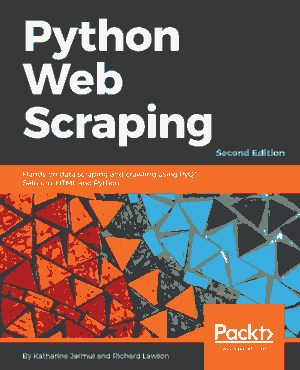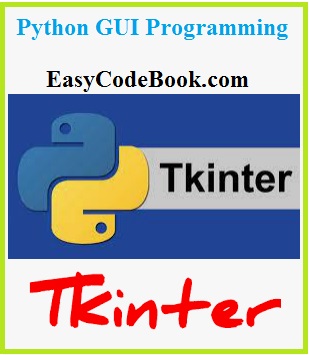


Once you establish a workflow for codebook creation, you can easily attach codebooks to your published datasets in any data repository. These files were generated using the DDI-Codebook standard, and were marked up using Nesstar Publisher.Īdditional codebook examples using ICPSR data are also available for review. This is the same codebook in machine-actionable DDI format (XML format). Here is an example of a readable codebook in PDF format. Tip: Don’t worry if you don’t currently have any DDI or structured metadata to work with, as there are a number of tools that you can use to extract file- and variable-level metadata (such as the variable names, labels, categories, values, frequency counts, etc.) found in your completed dataset. (See the DDI Glossary for more information about study-level and variable-level metadata.) Information can sometimes be provided by a researcher in a readme file (e.g., a text file), or be embedded in a datafile package (e.g., SPSS allows for column names / labels / missing values / notes), and so on. To create a codebook, information about the study, files, and variables must be known.
#PYTHON CODEBOOK HOW TO#
A codebook provides authoritative (straight-from-the-research) and citable information, as well as instructions on how to read, analyze, interpret, and verify data for accuracy and replication purposes. Why a Codebook?Ĭreating a readable codebook to accompany your dataset can go a long way in making your data well understood and reusable well into the future. When captured using the DDI metadata standard, information in a codebook is structured, machine-actionable, and usable by computer software and databases. The codebook may include a dataset’s record layout, list of variable names and labels, concepts, categories, cases, missing value codes, frequency counts, notes, universe statements, and so on. A codebook is an essential document that informs the data user about the study, data file(s), variables, categories, etc., that make up a complete dataset.


 0 kommentar(er)
0 kommentar(er)
